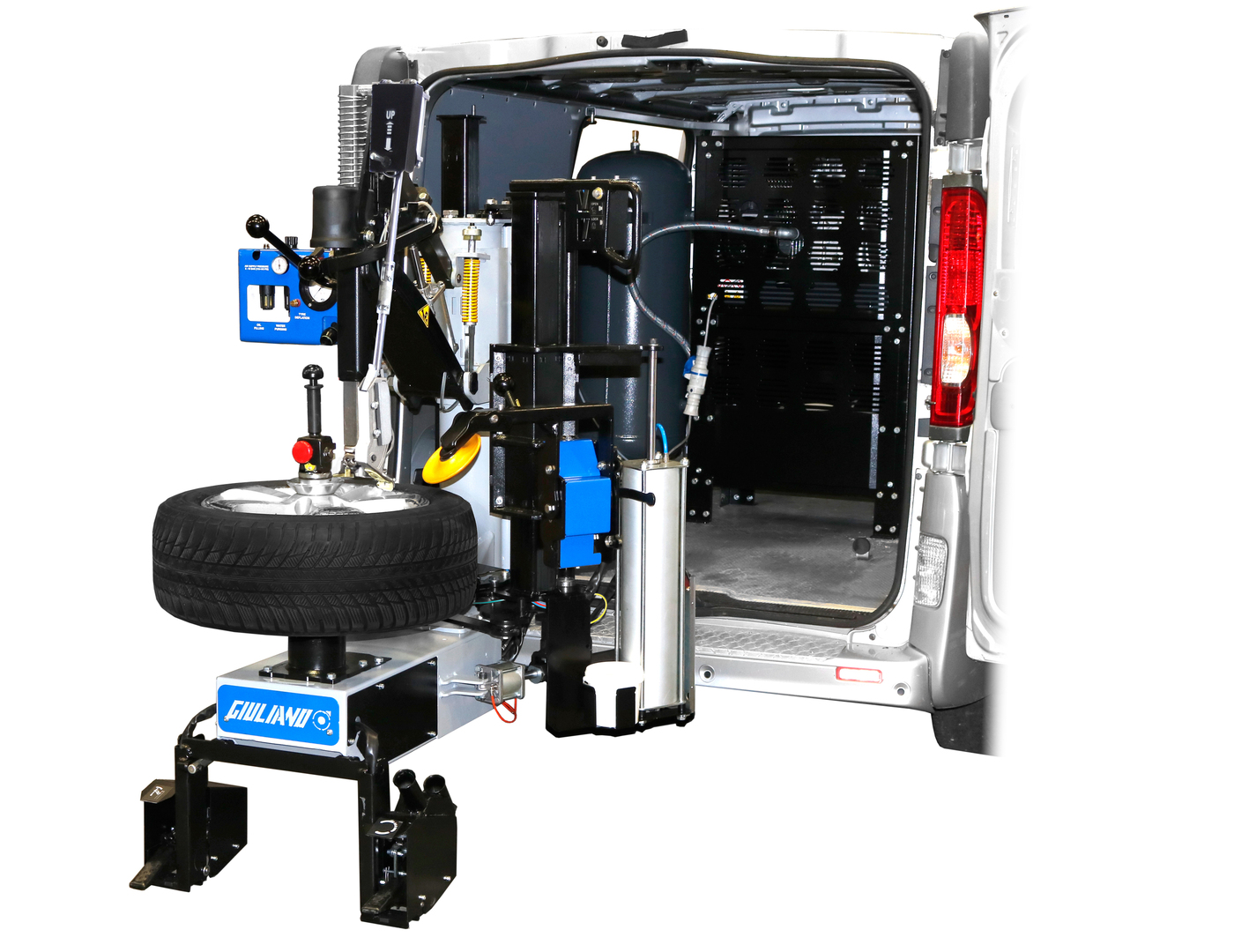Tire Service: Proven Methods for Optimal Tire Maintenance and Care
Maintaining optimal tire problem is paramount for both safety and security and performance of any kind of car. From making certain proper tire pressure to normal rotation and placement, there are tried and tested approaches that can substantially expand the life-span of your tires and boost overall driving experience. As we discover the intricacies of tire care and upkeep, we will reveal important standards that every vehicle owner ought to abide by for the ideal possible results. Let's dive right into the globe of tire service and discover the keys to maintaining your tires in excellent form for the lengthy haul.
Significance of Tire Stress
Proper tire stress is a vital consider guaranteeing optimum lorry efficiency and security when driving. Preserving the advised tire stress degrees given by the manufacturer uses numerous benefits. To start with, sufficient tire pressure promotes far better fuel efficiency, as under-inflated tires can result in raised rolling resistance, triggering the engine to work harder and consume even more gas. Secondly, proper tire stress ensures even tread wear, enhancing tire long life and conserving money over time by postponing the requirement for early substitutes. Additionally, effectively blew up tires contribute to enhanced handling and stopping capacities, essential for safe driving in numerous roadway problems. Over-inflated tires, on the other hand, can lead to minimized grip and a harsher adventure. Conversely, under-inflated tires are vulnerable to overheating, which can result in mishaps and blowouts. On a regular basis changing and examining tire pressure, especially soon journeys, is a straightforward yet efficient way to boost vehicle performance, extend tire lifespan, and focus on security when traveling.
Tire Turning Standards
When considering tire turning guidelines, it is essential to comprehend the importance of this maintenance task in taking full advantage of tire life expectancy and preserving ideal vehicle efficiency. Tire turning includes altering the setting of each tire on a vehicle to ensure even tread wear. Front tires often tend to use much more swiftly than rear tires due to steering pressures, making routine turning essential for well balanced wear patterns. The suggested turning pattern varies depending on whether a vehicle is front-wheel, rear-wheel, all-wheel, or 4x4. Typically, tires ought to be turned every 5,000 to 7,500 miles, or as suggested in the vehicle manual. Overlooking tire rotation can lead to uneven wear, influencing handling, grip, and possibly compromising automobile safety and security. By adhering to correct rotation guidelines, chauffeurs can extend the life of their tires, enhance fuel efficiency, and boost general driving experience. Normal rotation is a simple yet efficient maintenance method that contributes considerably to tire longevity and automobile performance.

Benefits of Wheel Placement
Making sure proper wheel placement after tire rotation is important for keeping well balanced wear patterns and maximizing vehicle efficiency. In addition, appropriate wheel positioning helps to expand the life-span of your tires. Misaligned wheels can create irregular tire wear, leading to premature tire substitute and enhanced maintenance expenses.

Tire Footstep Depth Check
Performing a normal examination of tire step depth is crucial for keeping risk-free driving conditions and lengthening the life-span of your tires. The tread on your tires plays a critical function in giving traction, specifically in wet or slippery problems. you could look here To check your tire walk useful link depth, you can use a step depth gauge or the cent test. The suggested tread deepness is at least 2/32 of an inch. If the step depth is below this limit, it is time to change your tires to guarantee optimal efficiency and safety on the road. Irregular tread wear can indicate problems with tire stress, positioning, or suspension, highlighting the value of regular step deepness checks. Ignoring to monitor and keep proper walk depth can result in minimized grip, longer stopping ranges, and an enhanced danger of hydroplaning. By integrating tire tread depth check out your regular maintenance timetable, you can drive with self-confidence understanding that your tires remain in top problem.
Seasonal Tire Assessment
Seasonal tire examination is an essential aspect of tire upkeep that makes certain tires are prepared to deal with the challenges presented by various weather problems. In prep work for winter, it is necessary to check the tire stress consistently as cold temperatures can cause tire pressure to drop. By conducting regular seasonal tire examinations, vehicle drivers can lengthen tire lifespan, improve fuel efficiency, and most significantly, make sure a safe driving experience in varying weather conditions.
Verdict
To conclude, preserving proper tire pressure, revolving tires consistently, straightening wheels correctly, checking tread depth, and conducting seasonal assessments are vital practices for ideal tire care. By following these shown techniques, motorists can guarantee their tires last longer, perform much better, and add to overall automobile safety and security. It is essential to focus on tire upkeep to avoid crashes, boost fuel efficiency, and lengthen the life-span of tires.
Appropriate tire stress advertises far better fuel efficiency, as under-inflated tires can lead to enhanced rolling resistance, causing the engine to work more difficult and consume even more gas.When taking into consideration tire rotation standards, it is crucial to comprehend the significance of this upkeep Full Article task in optimizing tire lifespan and maintaining optimum lorry performance. Seasonal tire inspection is a basic element of tire maintenance that makes sure tires are ready to encounter the difficulties postured by various weather condition conditions. By carrying out regular seasonal tire inspections, drivers can prolong tire life-span, enhance gas effectiveness, and most notably, make certain a secure driving experience in varying climate conditions.
In conclusion, maintaining proper tire pressure, rotating tires regularly, lining up wheels appropriately, keeping track of step depth, and performing seasonal assessments are crucial practices for optimal tire care.